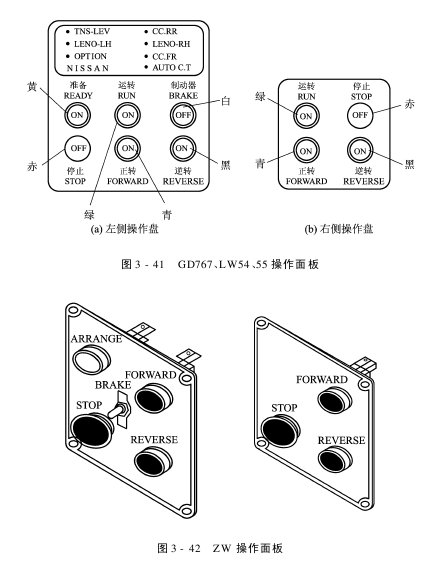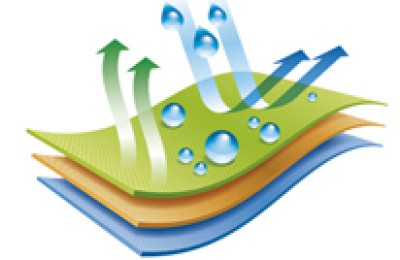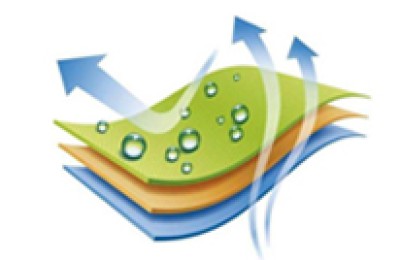Control system (timing signals)
The timing signals of water-jet looms are generally controlled by proximity switches or fully electric encoders. At present, most water-jet looms use proximity switches.
Timing signals are also called PS signals. The device is located on the outside of the right wall panel. It uses a sensing piece that rotates simultaneously with the hemming shaft synchronized with the main shaft of the loom. It contacts the proximity switch once every rotation, causing it to send out a reference signal at a preset angle. This reference signal is the basic signal for various actions, especially in the weft detection circuit. This signal is used to determine whether the weft is present or not, thereby determining the working status of the loom. Therefore, the angle adjustment of the sensor piece is extremely important. During use, be sure to adjust the sensor piece to 290°~320° to make contact with the proximity switch, and note that the gap between the two is 0.5~1mm. As shown in Figure 3-40.

Some water-jet looms use electric encoders as timing signals. Pay attention to the zero-degree correction of the electric encoders during installation and use.
AAAFSGRETEGSDFW
Disclaimer:
Disclaimer: Some of the texts, pictures, audios, and videos of some articles published on this site are from the Internet and do not represent the views of this site. The copyrights belong to the original authors. If you find that the information reproduced on this website infringes upon your rights, please contact us and we will change or delete it as soon as possible.
AA






